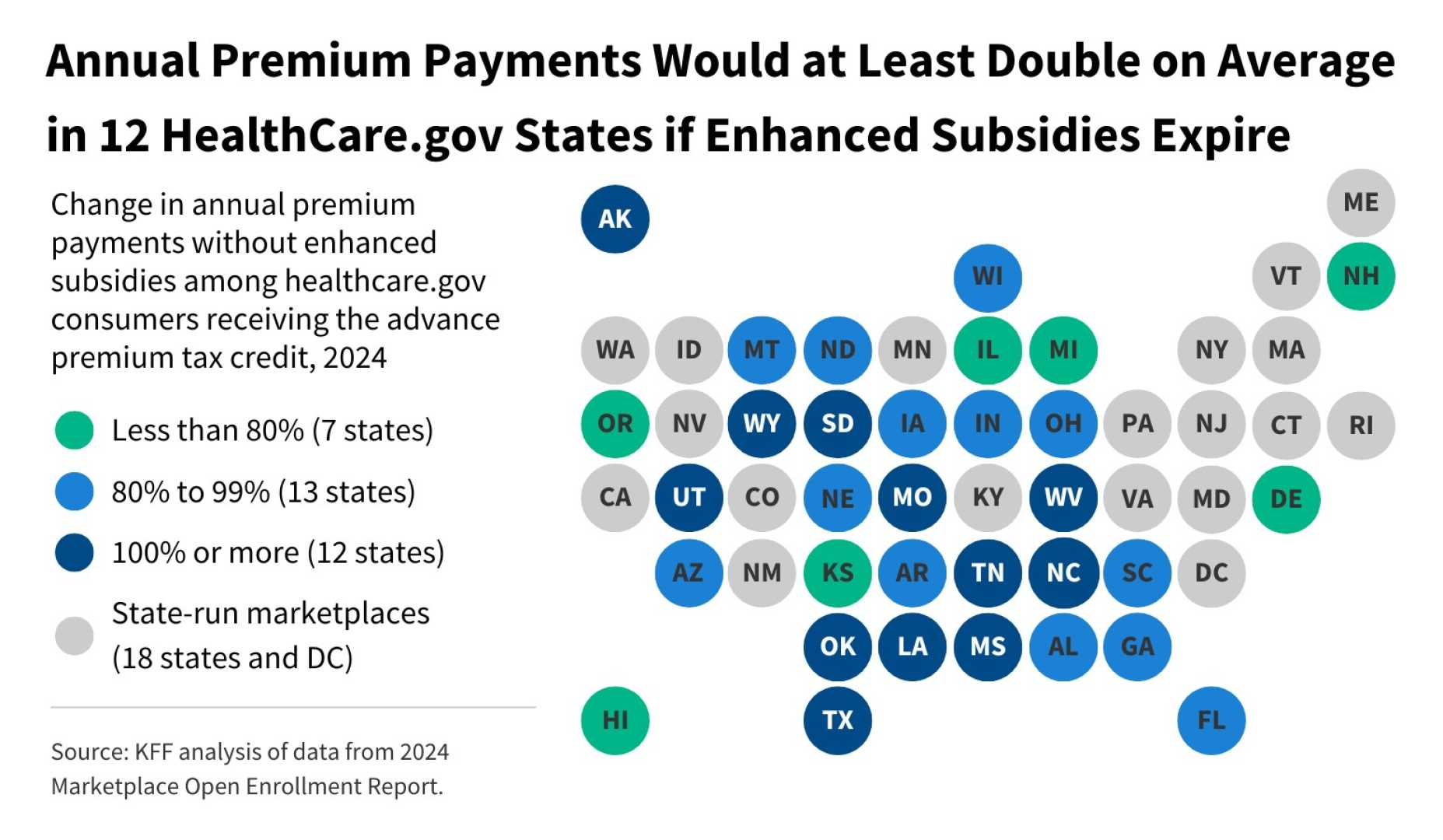Health
Affordable Care Act’s Future Uncertain as Enhanced Subsidies Face Expiration in 2025

The future of the Affordable Care Act (ACA), also known as Obamacare, is hanging in the balance as enhanced health insurance subsidies are set to expire in 2025. These subsidies, which have been crucial in making health insurance more affordable for millions of Americans, are at risk unless Congress takes action to extend them.
Since the implementation of the enhanced subsidies, ACA enrollment has surged significantly, particularly in states like Texas and Mississippi, where growth rates have exceeded 200% since 2020. These states had some of the highest uninsured rates before the introduction of the enhanced subsidies. The subsidies have reduced premiums for eligible enrollees by an average of 44%, or about $705 per year, making health insurance more accessible than ever.
If the subsidies expire, the Congressional Budget Office (CBO) projects that ACA enrollment could drop from 22.8 million in 2025 to 15.4 million by 2030. This would disproportionately affect middle-income families, who could see their insurance premiums rise from 8.5% of their income to over 20%. Many of these individuals would likely be priced out of coverage entirely, leading to higher rates of medical debt.
Health policy experts and advocates are urging Congress to make the enhanced subsidies permanent to prevent millions of Americans from losing their healthcare coverage. The cost of making these subsidies permanent is estimated to be around $335 billion over 10 years, a significant investment but one that could be necessary to maintain affordable healthcare for all.
Current open enrollment for the ACA marketplace is underway, and enrollees who sign up now will have stable premiums for 2025. However, the long-term stability of these subsidies remains uncertain. Open enrollment ends in mid-January, with coverage beginning by February for those who enroll by December 15.
The ACA has also been a critical factor in improving access to health insurance, especially for women and families. It has provided full coverage for preventive care and stronger consumer protections, making it a cornerstone of healthcare policy in the United States.












